Sign up for the Starts With a Bang newsletter
Travel through space with Dr. Ethan Siegel, who answers the biggest questions
Bright stars and dust lanes dominate our everyday view of galaxies.
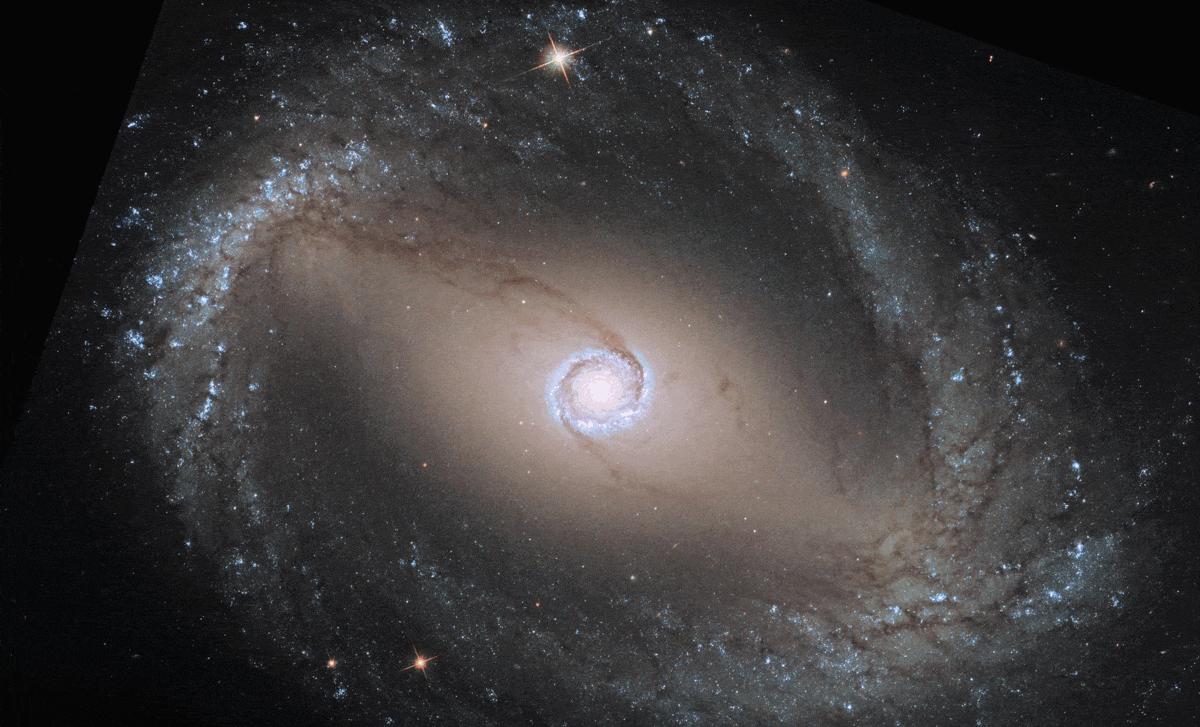
Located just 30 million light-years away, this rotating spiral galaxy, NGC 1512, is highlighted by a core of old stars, a central ring of hot star-forming material, and thin, thin spiral arms that connect it to a more ring-like, star-rich region at its edge. This Hubble/JWST composite image shows the stark differences between what optical telescopes like Hubble can see with the network of gas and dust that JWST revealed in infrared light. The vast majority of the rich dust, star and gas bodies are found in the inner parts of galaxies like this one.
In the innermost regions of the galaxy, there are visually extremely interesting features.
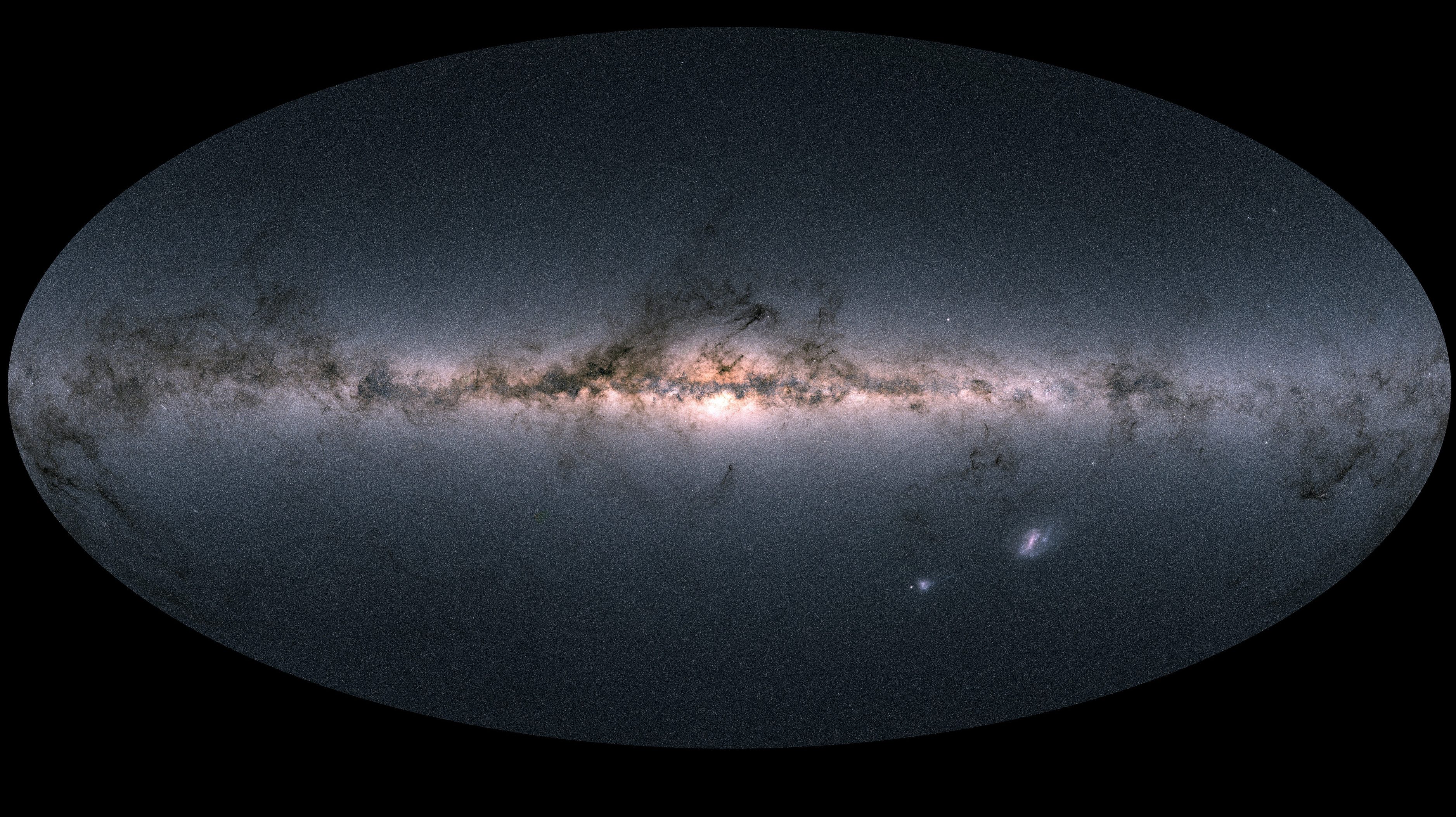
The European Space Agency’s Gaia space mission has mapped the three-dimensional positions and locations of more than one billion stars in our Milky Way galaxy: the most ever. Looking into the center of the Milky Way, Gaia reveals dust, gas and star formations that are scientifically and visually fascinating.
This is true within our Milky Way, where we observe 27,000 light-years from the center.
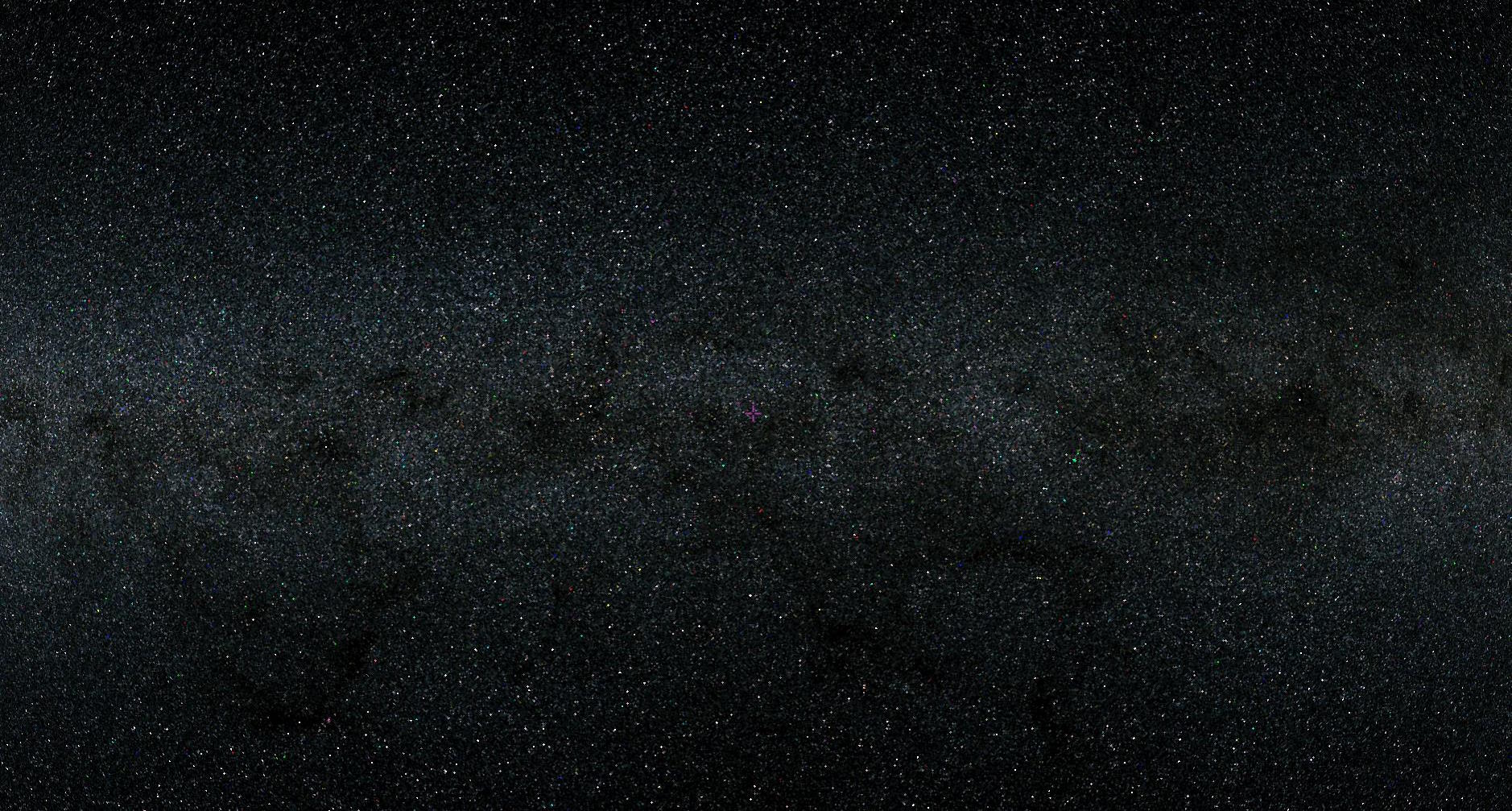
This unfamiliar view of the Milky Way seen from the galactic center, not toward it, comes from the ESA Gaia mission. This view covers about 120 degrees from left to right: about twice what the human eye can perceive at once.
Apart from the galactic center, however, we are greeted by an unfamiliar sight.
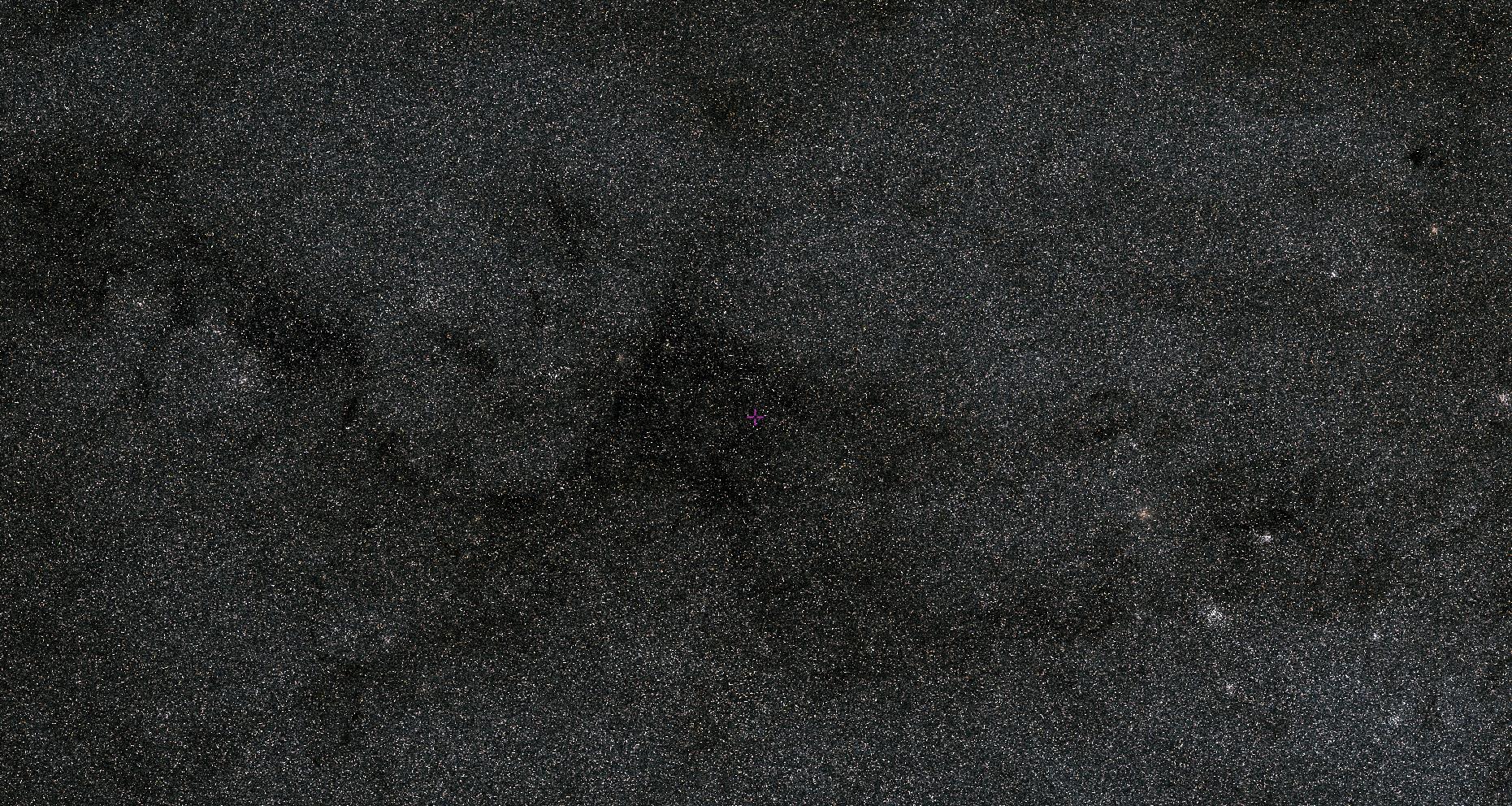
Looking toward the region of our galaxy, on the periphery, where the Digel Clouds are located, it appears in visible light as a dark and irregular cloud of dust that sits on top of the stars. In fact, this gas- and dust-rich region of the Milky Way plane is currently forming new stars, even at the galactic edge.
Thin galactic edges contain fewer stars and less gas.
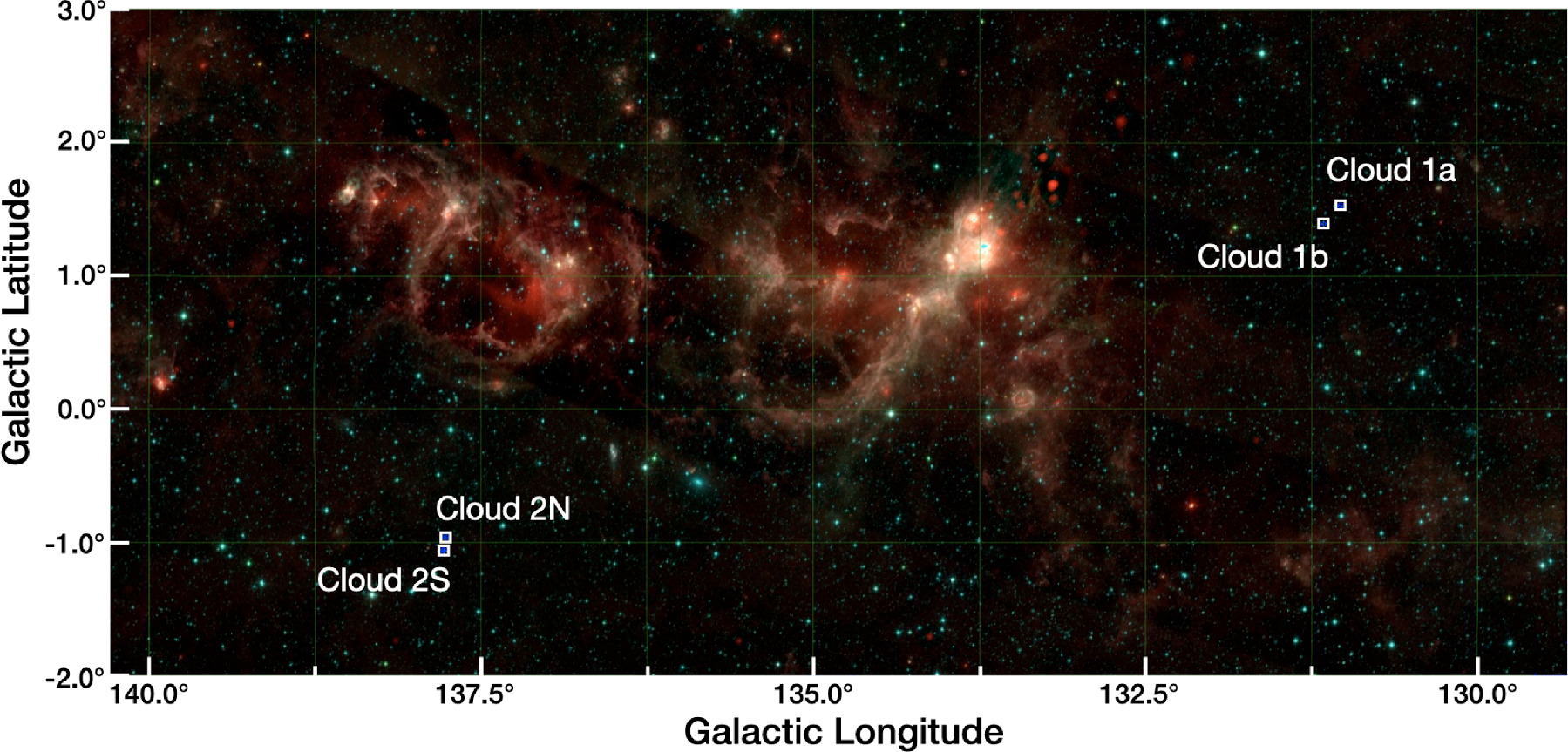
This image shows roughly the same region highlighted in the Gaia view that preceded it, but shows the hydrogen-rich star-forming regions as well as the two Digel clouds, labeled 1 and 2, and their various subcomplexes. These two clouds were the target regions of the new JWST study.
The material is also less enriched and less likely to form rocky planets.
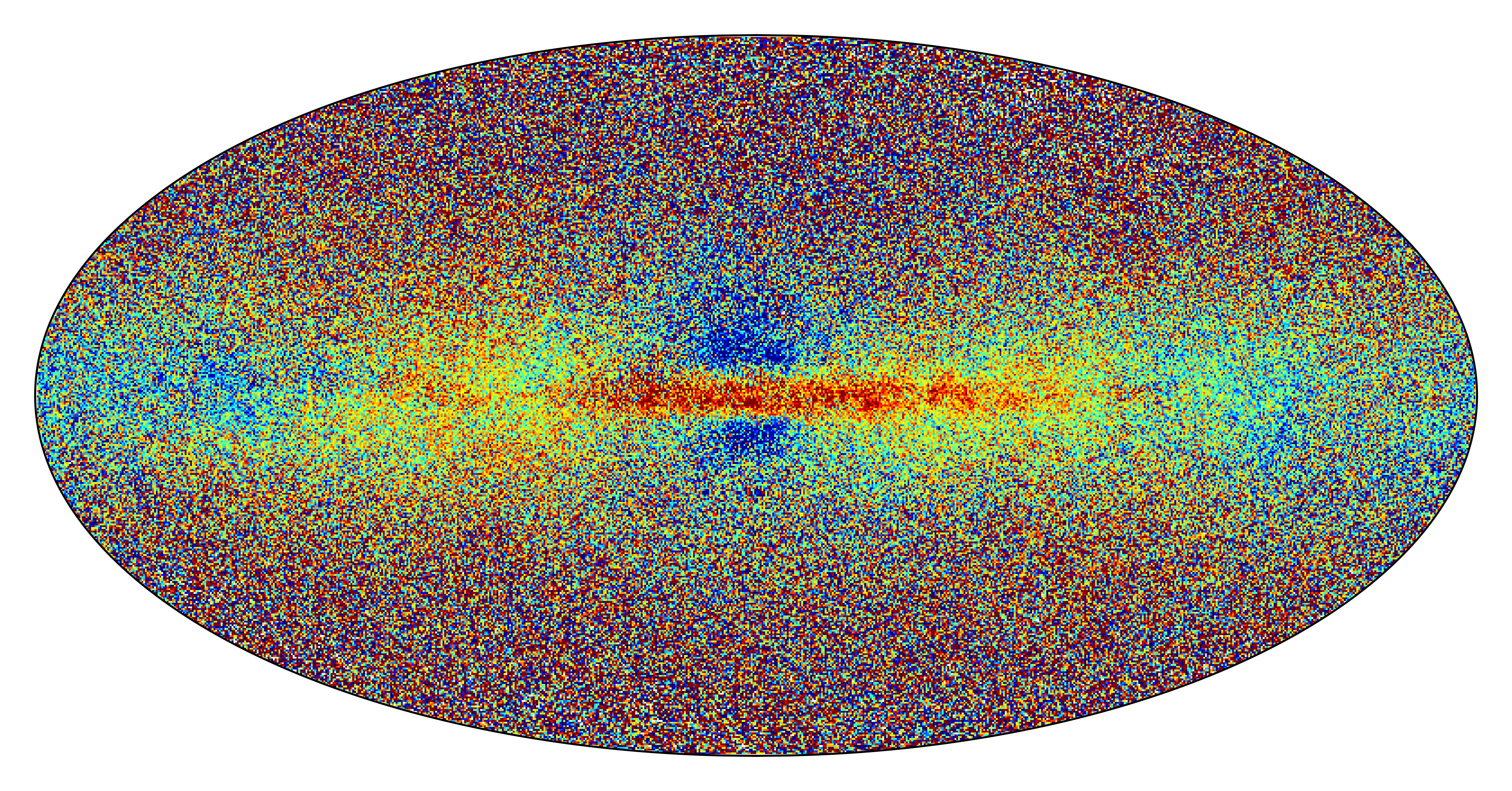
This color-coded map shows the abundance of heavy elements in more than 6 million stars within the Milky Way. Stars in red, orange, and yellow are rich enough in heavy elements that they should have planets; green and cyan coded stars should rarely have planets, and blue or purple coded stars should have no planets around them at all. Note that the central plane of the galactic disk, extending into the galactic core, has the potential for habitable rocky planets. but that the stars away from the galactic center (far left and right) are much lower in abundance of heavy elements.
Nevertheless, new episodes of star formation are occurring in the extreme outer galaxy.
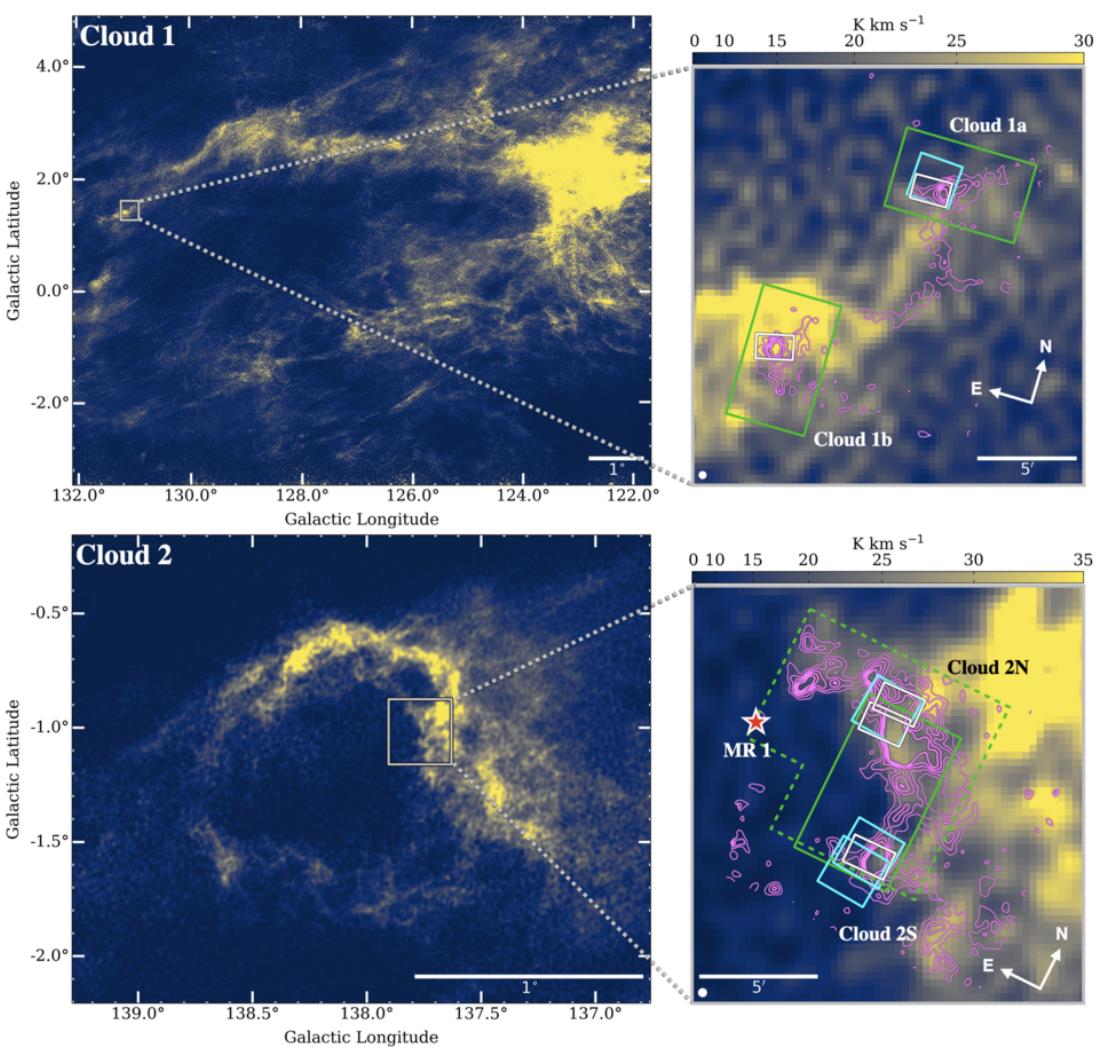
This map of the neutral density and distribution of hydrogen in and around the two Digel clouds located at the edge of our Milky Way highlights several regions of interest that were imaged by JWST’s NIRCam and MIRI instruments in different filter wavelengths.
A new set of JWST observations reveals these episodes of star formation in unprecedented detail.
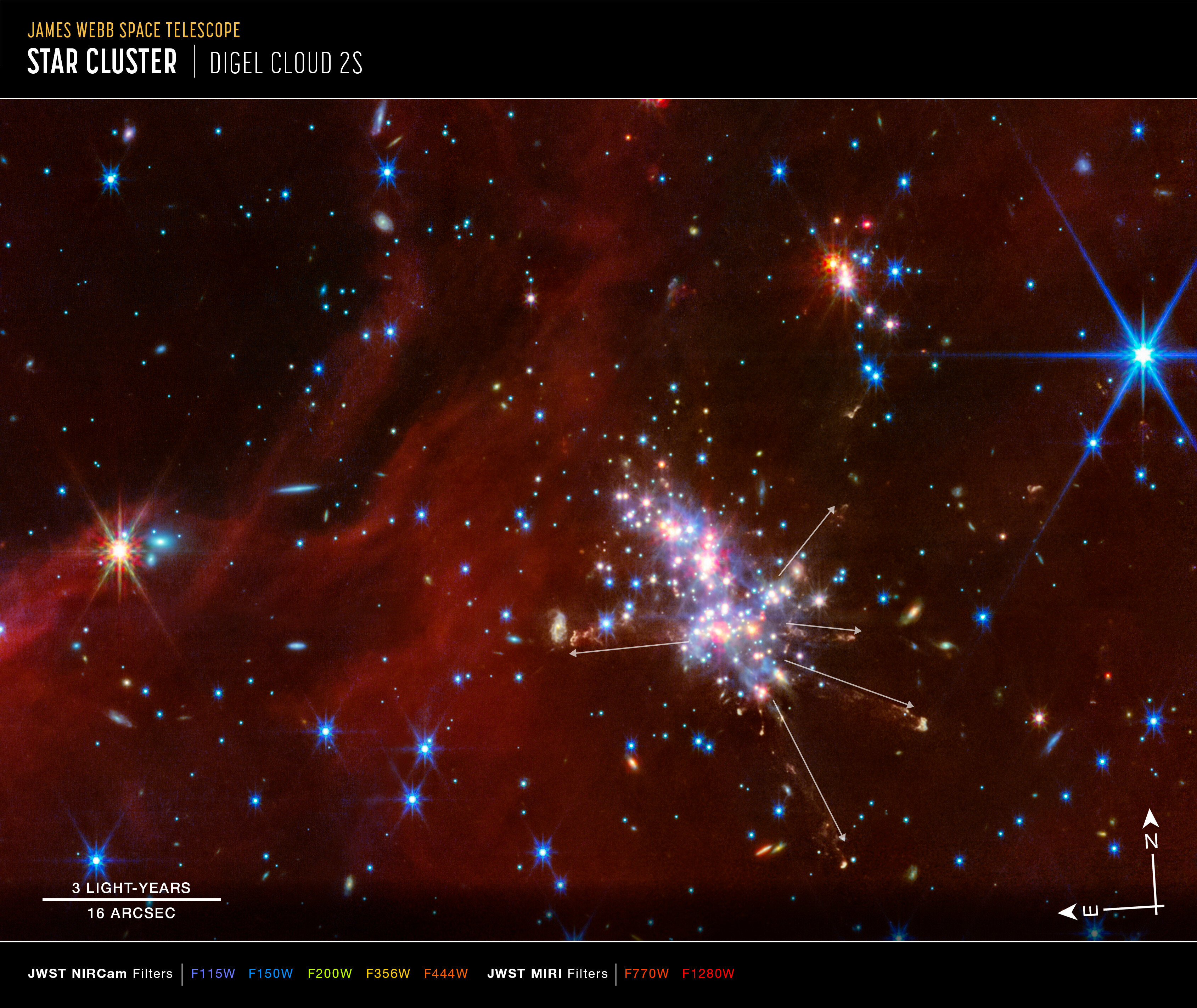
Highlighted here, Digel cloud 2s, located approximately 58,000 light-years from the galactic center, is located in the extreme outer Milky Way galaxy. The main cluster, sparkling brilliantly, exhibits at least five independent protostellar streams, as highlighted by the white arrows.
JWST’s near-infrared images are up to 80 times more sensitive than the ground-based Subaru Telescope for:
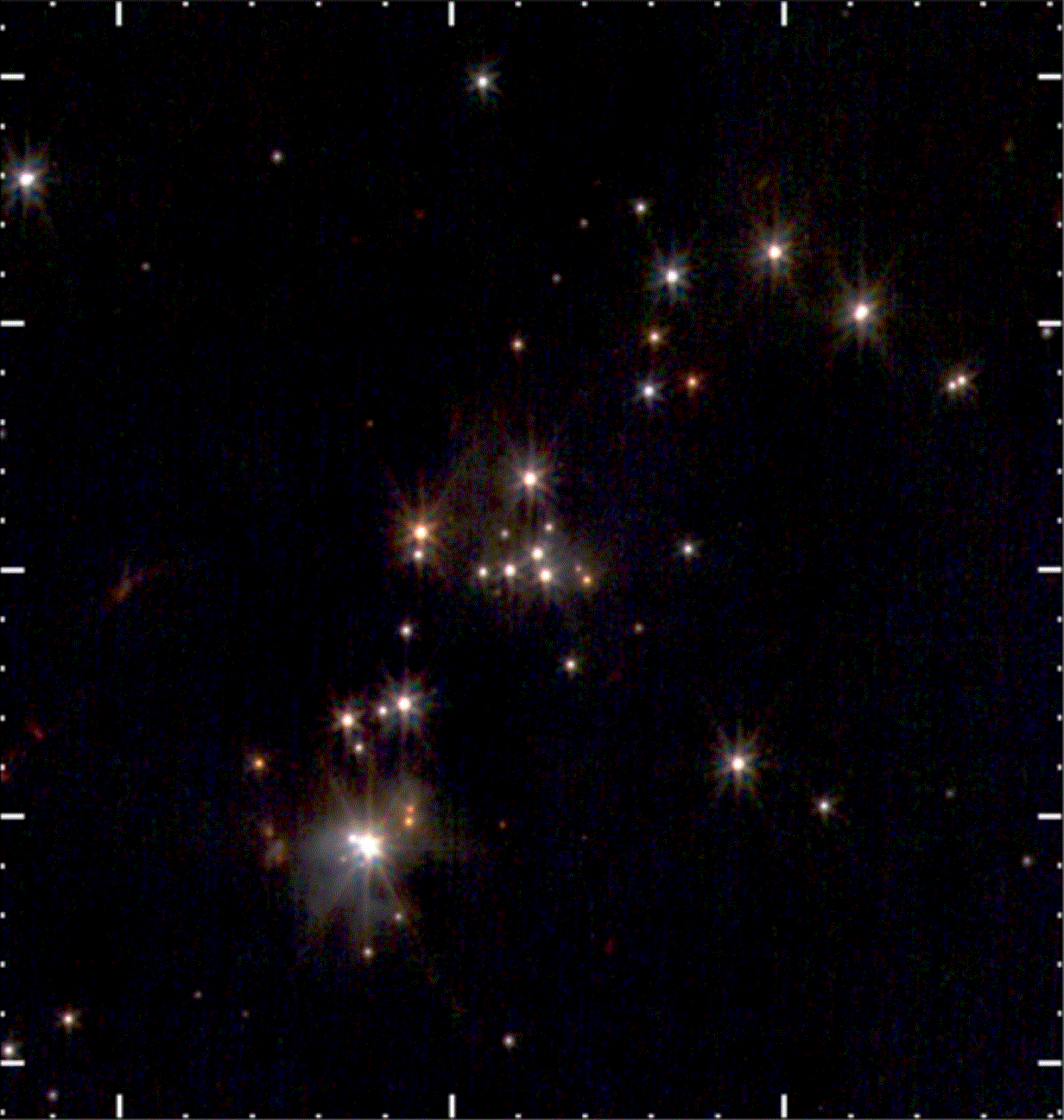
This animation switches between near-infrared images obtained with the ground-based 8.2-meter Subaru Telescope and JWST’s space-based 6.5-meter NIRCam imager. The sensitivity, sharpness and resolution of the JWST, despite its smaller size, is 10-80 times greater than that of the Subaru for this object.

Subaru (blurred) and JWST (sharper) views of the Digel 2n cloud, in the same wavelengths of light, showing JWST’s superior capabilities. Note that many stars that are blurry and/or indistinct in the Subaru images are bright to JWST’s eyes, and some are even shown as multi-star systems.
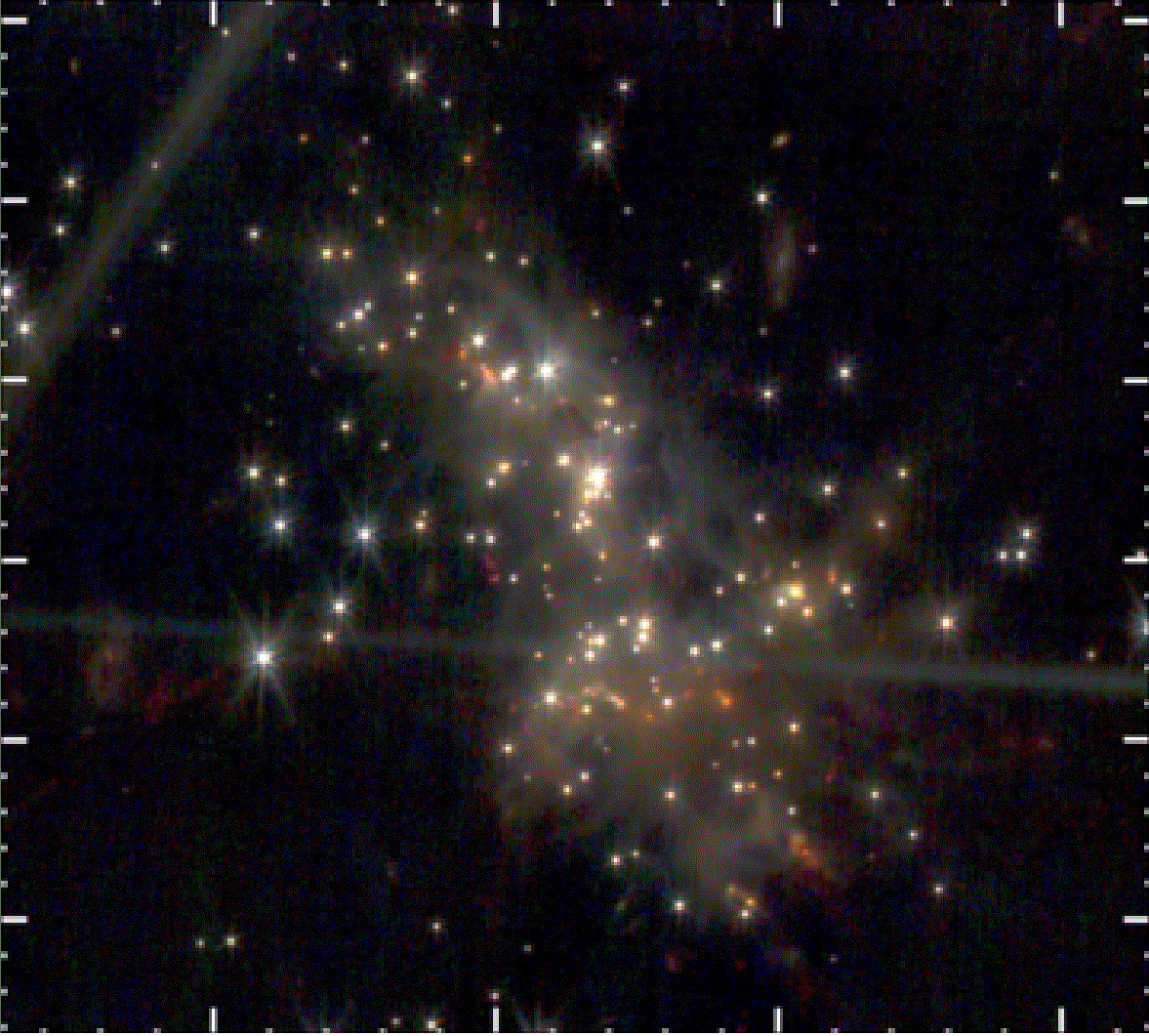
Many protostars, including jet-like features, can be seen in the dust nebula complex of the Digel 2 cloud, as roughly revealed by Subaru, but in finer detail by JWST. Some objects look very similar to the background galaxies in the cluster, but are just as likely to be protostars wrapped in a cocoon of dust.
Spitzer’s views at longer wavelengths are even more spectacularly surpassed by JWST.
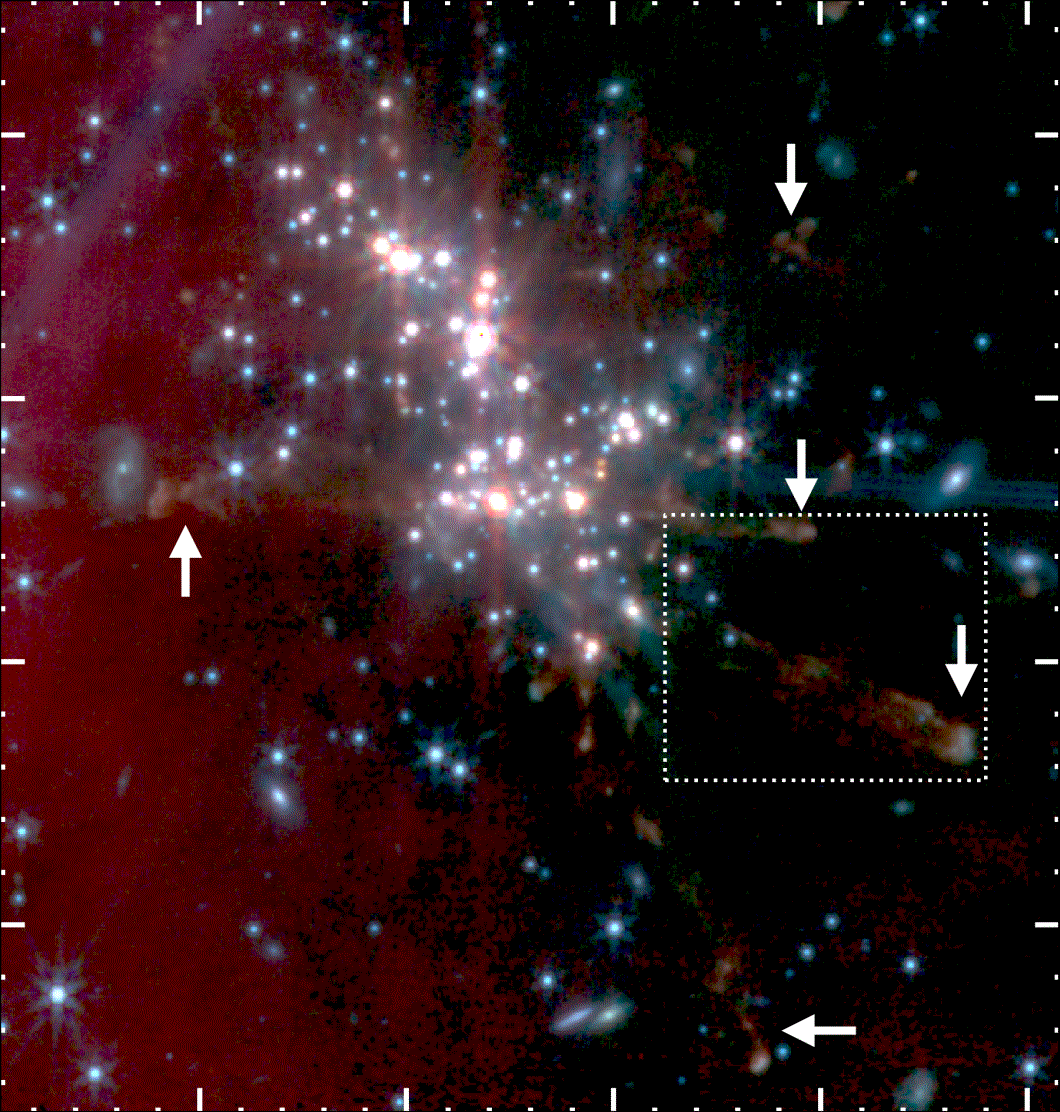
Although JWST is often called the “successor to Hubble,” it is more precisely the successor to Spitzer, which saw comparable wavelengths of infrared light. Here the spectacular increase in scientific value from Spitzer to JWST is shown, as JWST detected stars, resolution, as well as gas, dust and jet features, while Spitzer could not resolve them.
Stars of all masses, brown dwarfs and even protostellar jets shine brilliantly.
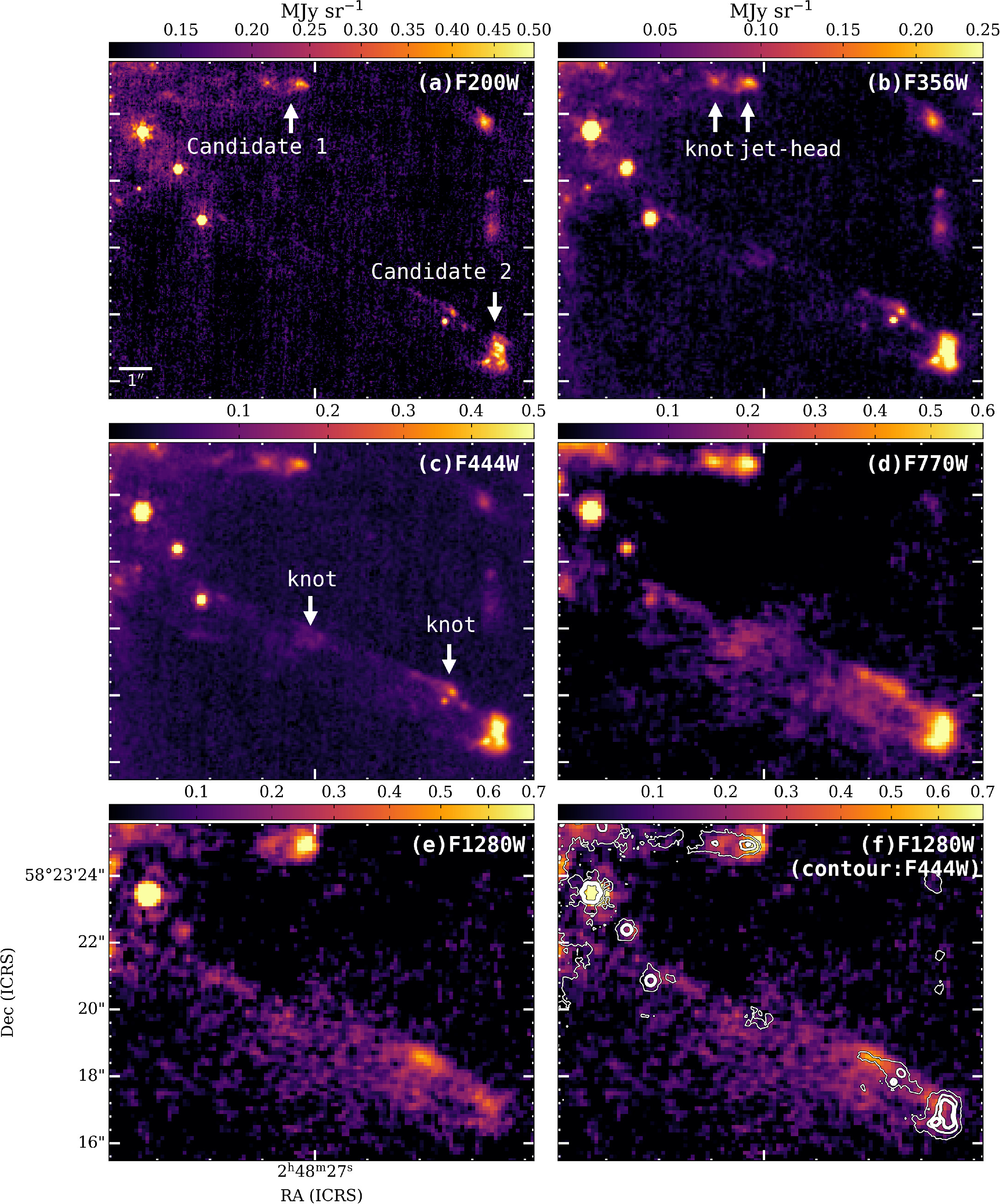
This image shows the same high-resolution region of space as imaged by JWST in six different wavelengths of light. By combining different wavelengths of light, the elements of the protostellar jet can be clearly seen (especially in the lower right panel).
The near-infrared and mid-infrared views, both obtained by JWST, reveal significantly different details.
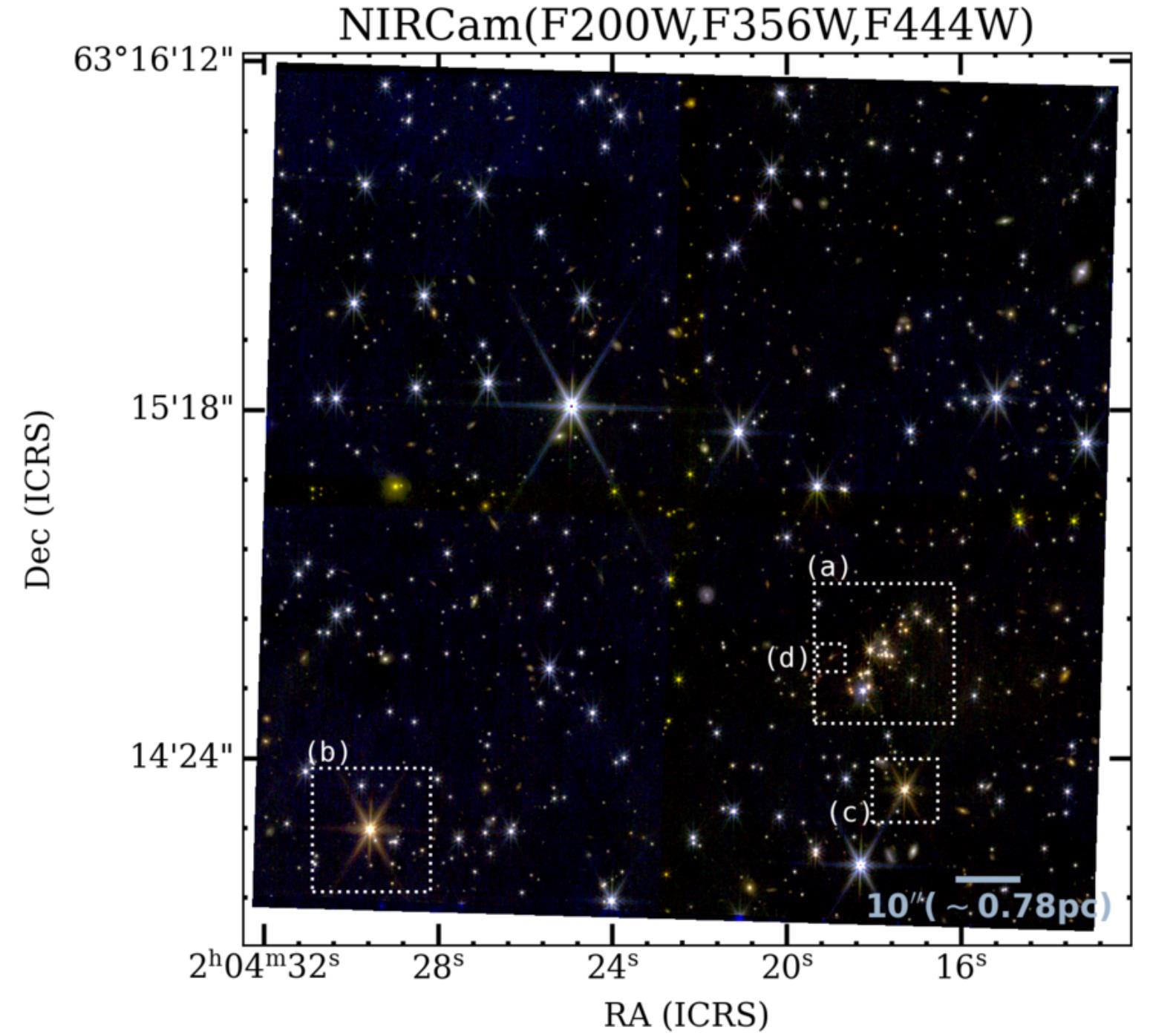
This image shows a combination of different JWST NIRCam filters used to image the Digel 1a cloud at the edge of the Milky Way. The newborn stars shine brilliantly and are highlighted in various marked boxes.
Digel cloud 1a hides a fascinating newborn star cluster.
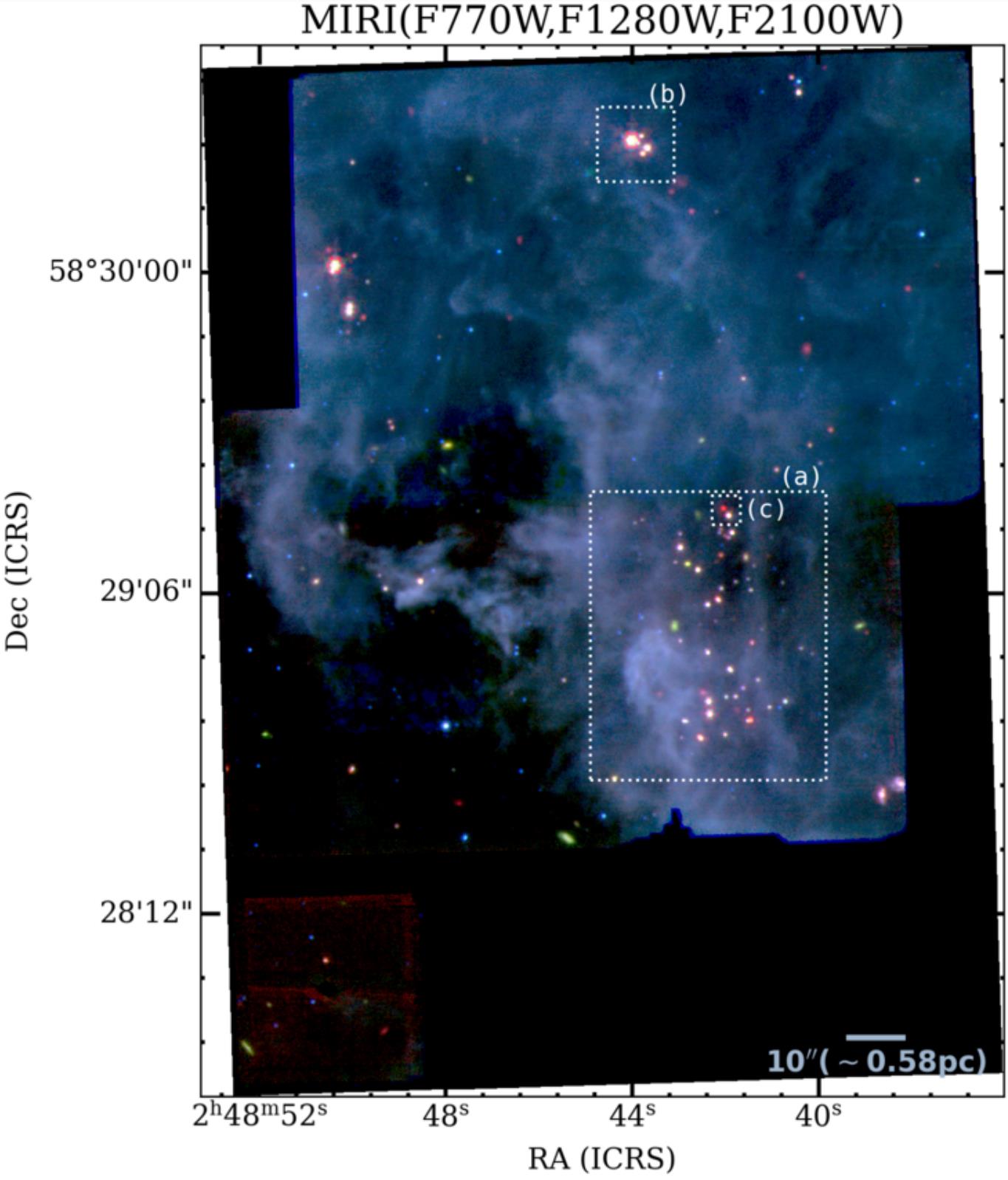
Complementing the earlier NIRCam image, the JWST MIRI composite image of the Digel 1a cloud reveals cooler, longer-wavelength features, including warm dust and shrouded protostars, that are invisible to the NIRCam views.
Fine, dusty elements render an eerie silhouette in the Digel 2n cloud.
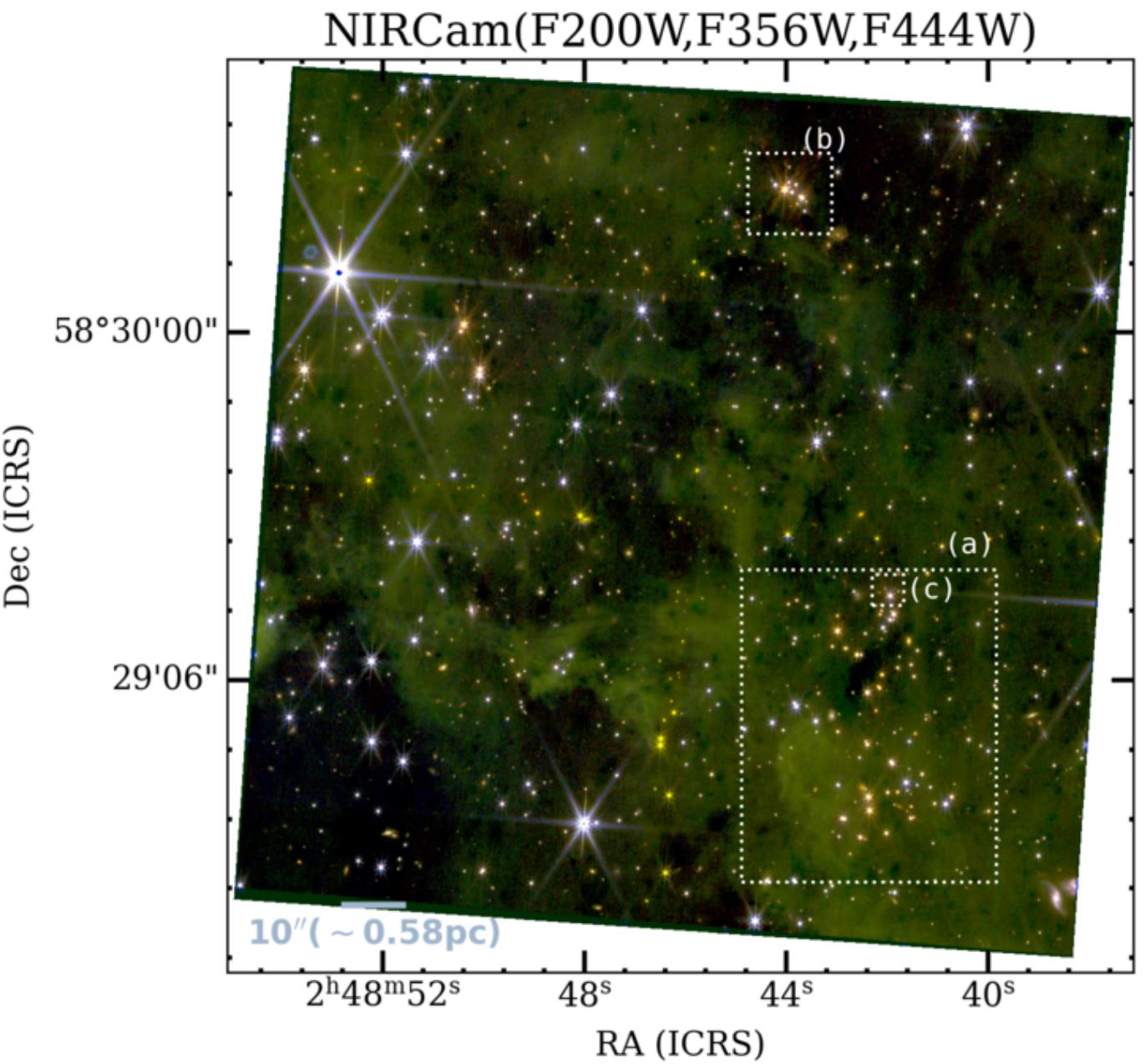
The Digel 2n cloud, as imaged by NIRCam in three separate filters, is much richer in gas and dust than the Digel 1a cloud, with large populations of newborn stars highlighted in the outlined boxes.
The still-forming protostar glows in mid-infrared light.

As highlighted in the box labeled ‘c’ in this MIRI image of the Digel 2n cloud, the star, which is barely visible in the supplementary NIRcam image, glows bright red. This likely indicates a nascent protostar enveloped in a cocoon of neutral matter. The protostar itself may continue to grow, or it may begin to shine under its own power.
Finally, the nozzles and outlets highlight the Digel cloud 2s.
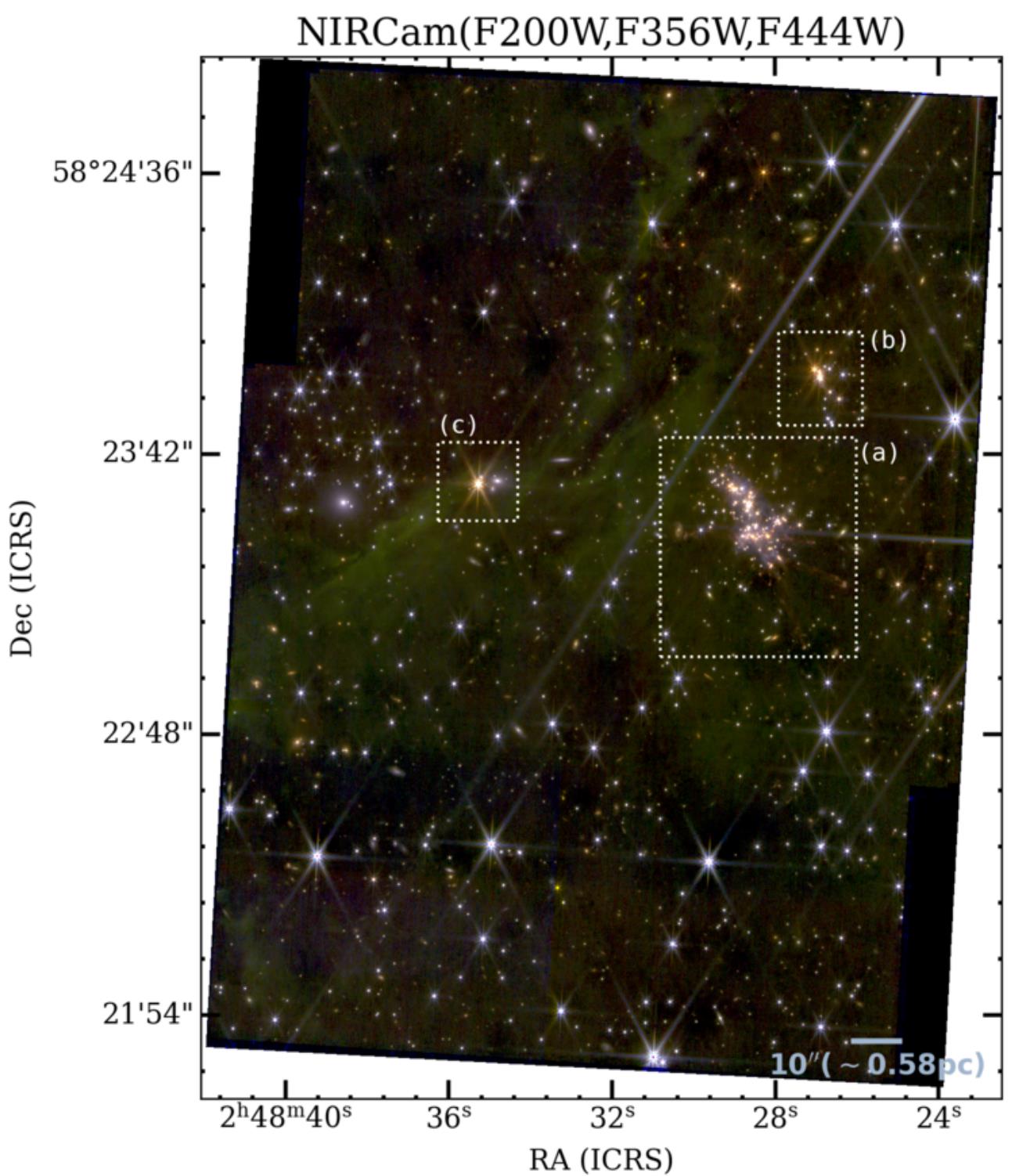
The largest known star-forming region at the extreme galactic edge of the Milky Way can be found in the box labeled “a” in this NIRCam image of the Digel 2s cloud. This cluster contains more than 100 stellar members, as newly revealed by JWST’s unprecedented resolution.
These newborn clusters may one day harbor fully inhabited worlds.
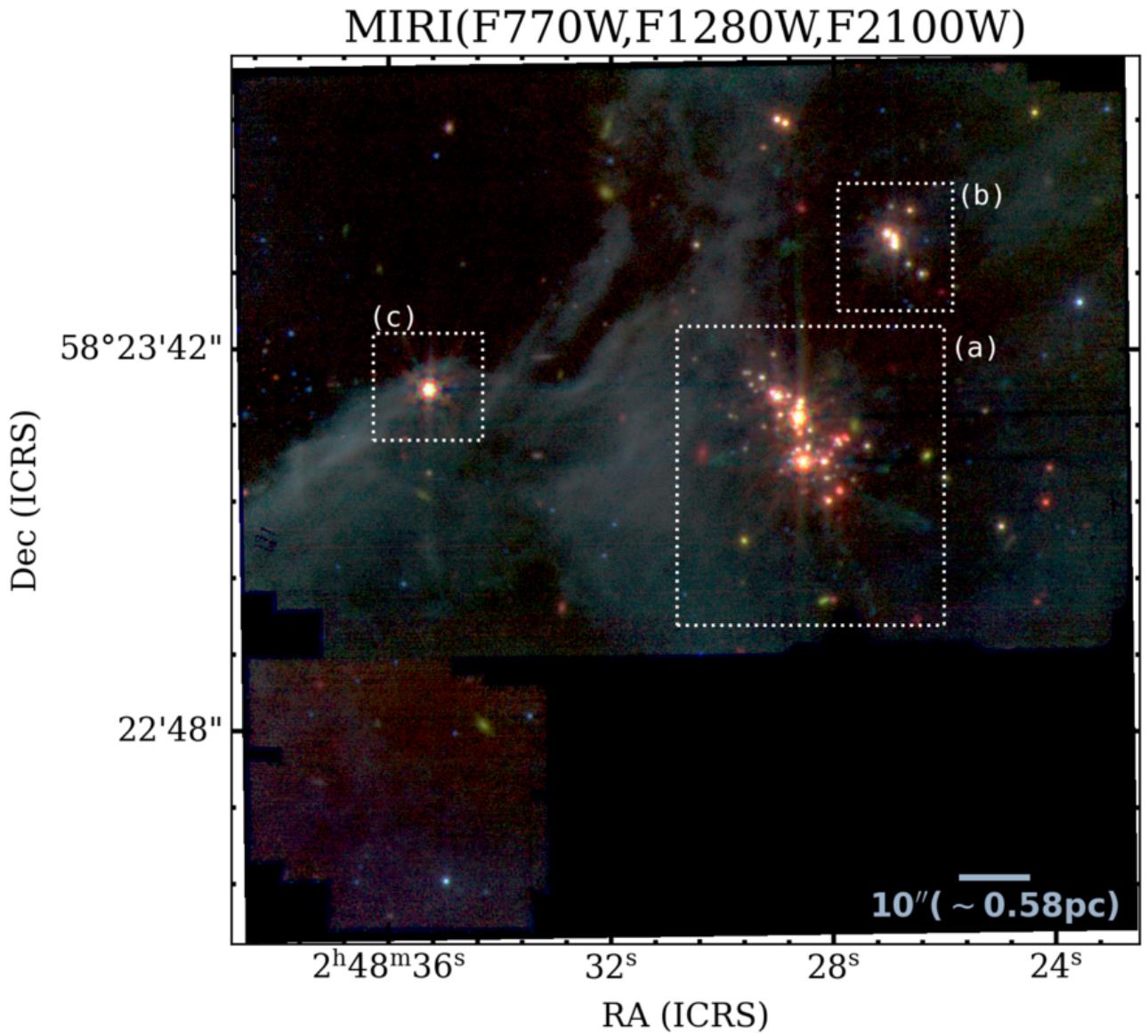
Although the stars shown here by MIRI JWST in the Digel 2 cloud are too young to currently harbor life, many of these stars may become habitable worlds in a few billion years. Whether or not these stars possess rocky planets will require a follow-up set of observations and possibly a future observatory.
Mostly, Mute Monday tells an astronomical story in the form of pictures, visuals and no more than 200 words.
Sign up for the Starts With a Bang newsletter
Travel through space with Dr. Ethan Siegel, who answers the biggest questions
#JWST #extreme #outer #Milky